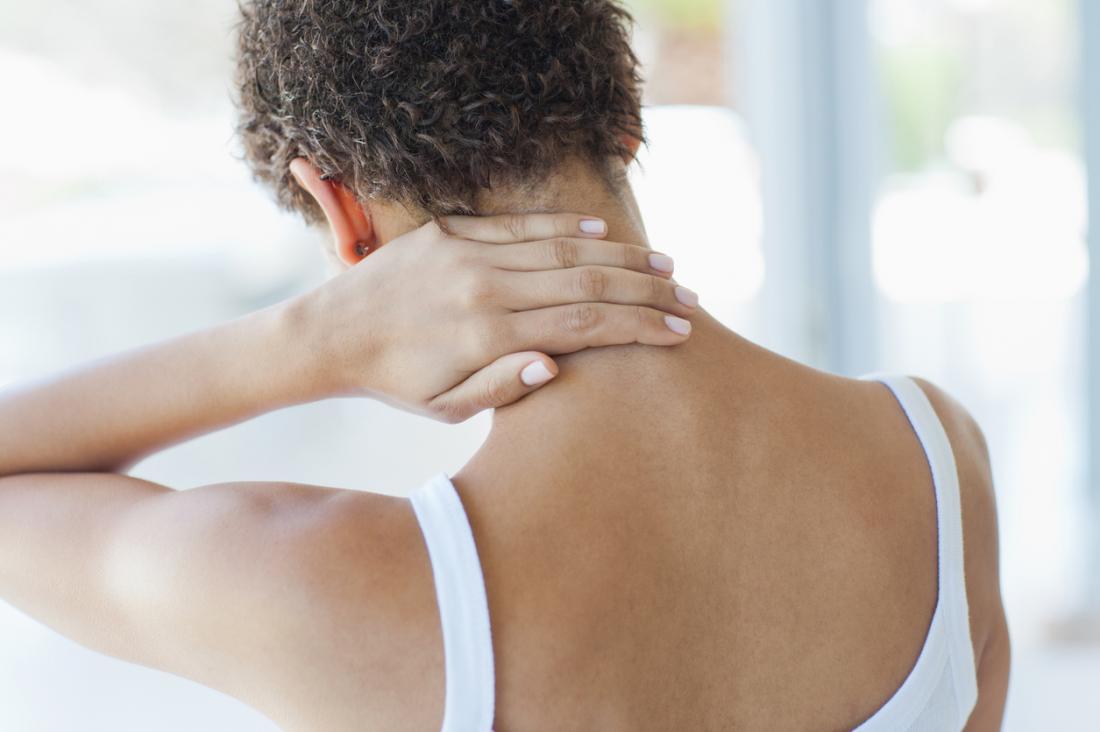
Top Exercises to help with Fibromyalgia
Fibromyalgia is a persistent generalized pain and tenderness syndrome. People can also experience many other symptoms such as sleep disturbance, fatigue, stiffness and depression. Symptoms can prevent people from exercising, but studies have shown that the majority of people are able to exercise. The exercise program can include gymnastics such as step or walking; strengthening exercises such as lifting weights or using resistance machines; and stretching to increase flexibility. exercise is part of the general management of fibromyalgia.
Walking
Although walking may seem to have a high impact due to the fact that you put your body weight on your legs, it can in fact have a relatively small impact on the joints. Walking is much less demanding than running and can be an ideal exercise choice for those with mild joint problems.
Of course, if you have severe joint pain, you will need to remove all of your body weight from your joints, in which case swimming is a better choice. However, if you only have mild joint pain, walking can be a great alternative.
Walking burns calories at a rapid rate and is the most natural movement known to humans, so it is still a highly recommended exercise for almost everyone. Unlike running, walking requires that you place one foot in front of you while the other foot is still in contact with the ground – both feet are always in contact with the ground at the same time, which means that the impact is very low since the weight never falls on your joints, but placed gently. The best surface for walking is a soft surface, like grass.
Strength Training
Strength training is a great way to burn calories and tone, and it’s also great for building strength in your ligaments, which will support your joints. Strength training can be done at the gym with free weights or weights, or at home with your own bodyweight. There are many strength training exercises that are great for people of all fitness levels, including push-ups, sit-ups, and lunges.
There are a few places where people with joint problems need to be careful when lifting weights, for example, during squats. The squat lift can put some effort on the knees, so it is an exercise that must be done correctly with the correct technique. It is essential that you do all of the weightlifting exercises in slow motion and in a controlled manner with the right technique – always seek advice from your gym instructor.
There are many options for people who have bad joints and still want to exercise. You can enjoy the benefits for your heart and lung health through low-impact exercises, while strengthening your muscles and improving your balance and flexibility.
Swimming
Swimming is ideal for people with joint problems like Fibromyalgia and arthritis; unlike so many other sports, it is gentle on the joints and tendons, making it a good exercise for obese people, while the hot and humid atmosphere of swimming pools prevents induced asthma attacks through exercise.
Swimming is beneficial for everyone because it involves almost all muscle groups. As water acts as a shock absorber, there is virtually no risk of injury. In addition, swimming would have psychological virtues similar to those of meditation. As you glide gently through the water, you take your leave of the world you live in and get lost in your own thoughts. (If you like team sports, consider water polo or synchronized swimming.)
To get the most out of swimming, vary your swimming: you will exercise a full range of muscles. Do a length of crawl, one of breaststroke, one of backstroke …
Why Swim?
It is the best aerobic sport without impact. By increasing the heart rate, it accelerates the circulation of blood and lymph, but does not require anything from the joints. Exercises in water are beneficial for the elderly or injured, pregnant women and arthritis sufferers.
It’s a sport that moves the whole body. You just have to vary the strokes.
It burns a lot of calories. Even when swimming slowly, a 70 kg person burns almost 300 calories in half an hour. You exercise even without moving: five minutes of beating without tension burns almost 60 calories – and more if you weigh more.
